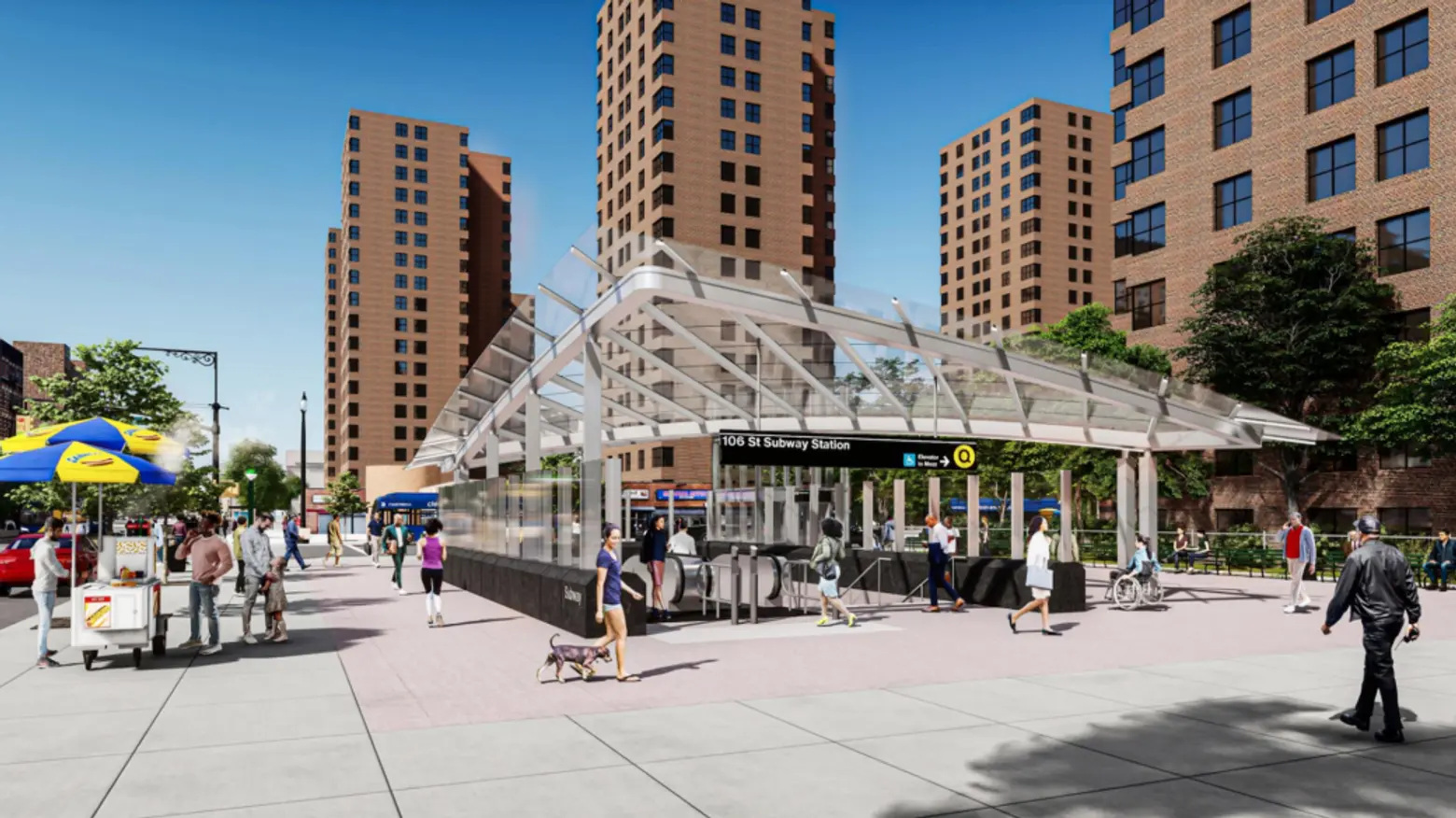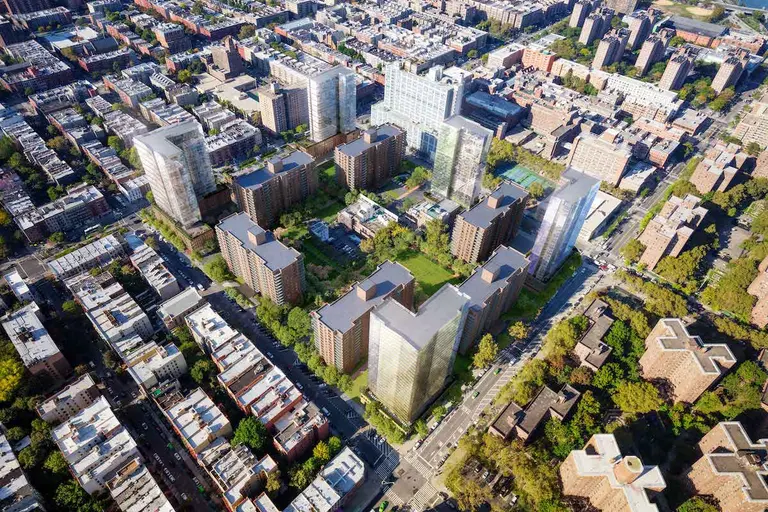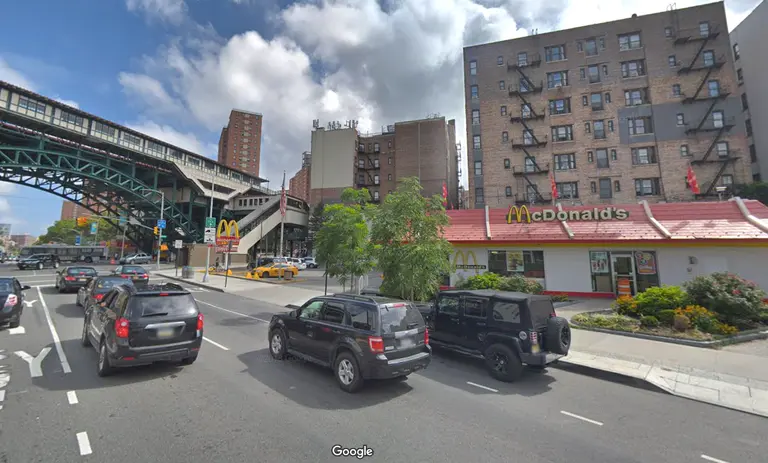Hochul wants to extend the Second Avenue Subway west into Harlem

The 96th Street subway station on Second Avenue Subway when it opened in 2017. Photo by Charley Lhasa on Flickr.
The Q train may go even further. During her State of the State address Tuesday, Gov. Kathy Hochul backed a plan to extend the Second Avenue Subway west along 125th Street with three new stops at Lenox Avenue, St. Nicholas Avenue, and Broadway. The announcement comes as construction prepares to kick off on the second phase of the line, bringing the Q line up to 125th Street in East Harlem.
Hochul is asking the Metropolitan Transportation Authority to “evaluate, scope, and plan” for the Q train to travel westward along 125th Street. The new line would connect to 7 other lines (the 1,2,3, A, B, C, and D) as well as dozens of bus routes. According to the governor, the extended line could serve 240,000 daily riders. The project’s estimated cost is at $7.6 billion, according to Bloomberg.
The extended line would pass through East Harlem, Central Harlem, and Manhattanville, creating a “true east-west subway connection in Upper Manhattan,” according to the governor.
The MTA will evaluate the feasibility of extending the Q west and performing the initial tunneling work as part of the tunneling work of phase two.
“By continuing the tunnel boring machine’s westward path beyond the Phase Two work, the MTA may be able to incur substantial time and cost savings, estimated at over $400 million, relative to performing that work at a later date,” the governor’s proposal says.
After a century of planning and on-again, off-again construction, the Second Avenue Subway’s first phase opened in 2017, with the Q line extended from 63rd Street with three new stations on the Upper East Side at 72nd, 86th, and 96th Streets.

The $7.7 billion second phase will extend the Q by 1.8 miles and connect its current endpoint at 96th Street on the Upper East Side to 125th Street in East Harlem, with two new accessible stations at 106th and 116th Streets. In November, the federal government announced a $3.4 billion federal grant for the second phase of the project, which could take seven years to complete.
During her State of the State address, Hochul also announced the MTA will initiate the formal design and engineering of the Interborough Express (IBX), a 14-mile train line connecting Brooklyn and Queens.
“Every New Yorker deserves a safe, efficient commute – whether you’re a straphanger, a driver or a pedestrian,” Hochul said. “We’re continuing to move full speed ahead on transformative infrastructure projects that will change the way New Yorkers get around. And we’re fighting for safety at the same time, so New Yorkers get home safely no matter how they choose to get around.”
RELATED:
Get Insider Updates with Our Newsletter!
Leave a reply
Your email address will not be published.
























Governor Kathy Hochul’s support for extending a future subway line even further along Manhattan West 125th Street is fraught with problems. Imagine the cost of creating a 125th Street crosstown line which could add between two and four more subway stations depending upon which potential alternative is selected. This new phase for Second Avenue subway could either (1) terminate at Broadway and 125th Street, (2) turn north below Broadway and offer a transfer connecting with the 1 train at 137th Street (Alphabet designed subway lines run equipment that is too wide to run on Numbered lines, (3) continue uptown below Riverside Drive up...
Read more